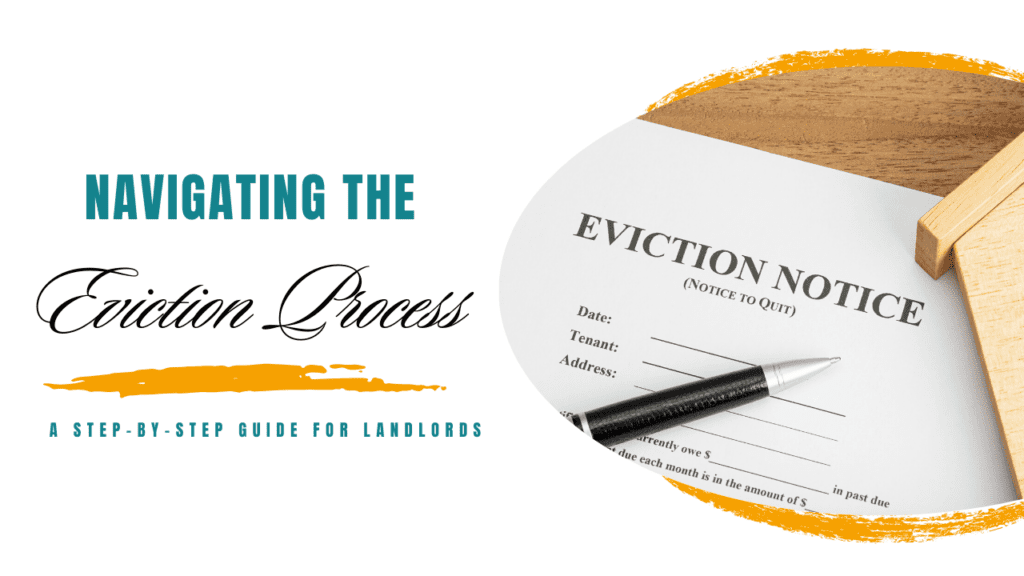
Eviction should always be a last resort. It’s in your best interest to keep your resident in place, at least until the end of their lease term. However, as Albuquerque property managers, we certainly understand that there are times where eviction is absolutely the only answer. When a tenant is not paying rent, for example, you want to get your property back as quickly as possible so you can avoid losing any more money or time.
We’re sharing a step-by-step process for legally evicting a tenant in Albuquerque. We always recommend you consult an attorney or a local property manager in Albuquerque before you get too deep into the process. It’s easy to make a mistake, and that mistake will set you back.
Step 1: Terminate the Lease and Serve an Eviction Notice
According to New Mexico state law, the eviction process does not begin until you terminate the tenancy and serve your tenant with a written eviction notice. The type of notice you serve depends on the reason you’re removing your tenant.
In Albuquerque, legal reasons for eviction include:
- Nonpayment of rent
- Substantial violation of the lease agreement
- Failure by a tenant to move out after the date that the rental agreement expires
- Violation of the health, safety, and housing rules and codes
- Illegal activity
Serve your tenant with a notice. Typically, this will be a Three Day Notice to Pay or Quit. If you’re terminating the tenancy because of a lease violation, it will be a Seven Day Notice.
Step 2: File an Eviction Lawsuit with the Court
Assuming you do not get the rent paid or the lease violation cured, your next step in the Albuquerque eviction process is to file a formal complaint in court. You’ll need to file a Petition by Owner for Restitution with the clerk of the District or Magistrate Court of New Mexico. This is your eviction lawsuit, and it will result in the court serving your tenant with a copy of the Summons and Petition.
While it’s not legally required, your tenant has the opportunity to file an answer.
Step 3: Attend Court Hearing
Show up for court with a copy of your lease agreement, any communication with your tenant, including the notice you served, and supporting documentation for your eviction. That might be a ledger showing the lack of rental payments or the documented lease violation.
If a tenant does not show up, you’ll get a default judgment from the court. If the tenant does show up and the court rules in your favor, you’ll receive a Writ of Restitution which instructs the sheriff to formally move your tenant out of the property if they don’t leave on their own. The tenant will have three to seven days to move out.
When necessary, the sheriff will forcibly remove your tenant. Hopefully, the eviction does not come to that.
 These are the steps you can expect to take when evicting a tenant. As we mentioned, avoiding eviction is always better. You can do this with a great tenant screening process, a strong lease, a good relationship with your tenants, and the help of an Albuquerque property management company.
These are the steps you can expect to take when evicting a tenant. As we mentioned, avoiding eviction is always better. You can do this with a great tenant screening process, a strong lease, a good relationship with your tenants, and the help of an Albuquerque property management company.
We’d be happy to talk more about it. Please contact us at Bruni Karr Agency.
